The charm of 1950s cooking lies in its simplicity and heart, but today’s kitchens are rewriting those classic recipes with fresh ideas and healthier ingredients. Timeless dishes are being reinvented to suit modern tastes and lifestyles, blending nostalgia with innovation.
This fusion creates meals that honor tradition while embracing the bold flavors and conveniences of now. Cooking like it’s the ’50s—just with a contemporary spin—brings the best of both worlds to the table.
1. The Rise Of Convenience Foods

In the 1950s, convenience foods like instant mashed potatoes, canned soups, and frozen dinners brought a sense of modern freedom to American kitchens. Around 70% of households embraced these quick-cook solutions, transforming how families approached mealtime.
While the appeal of speed remains, today’s shoppers are more focused on health and transparency in ingredients. Homemade spins on nostalgic favorites now offer the perfect blend of comfort, efficiency, and wellness.
2. Classic Recipes With A Modern Spin
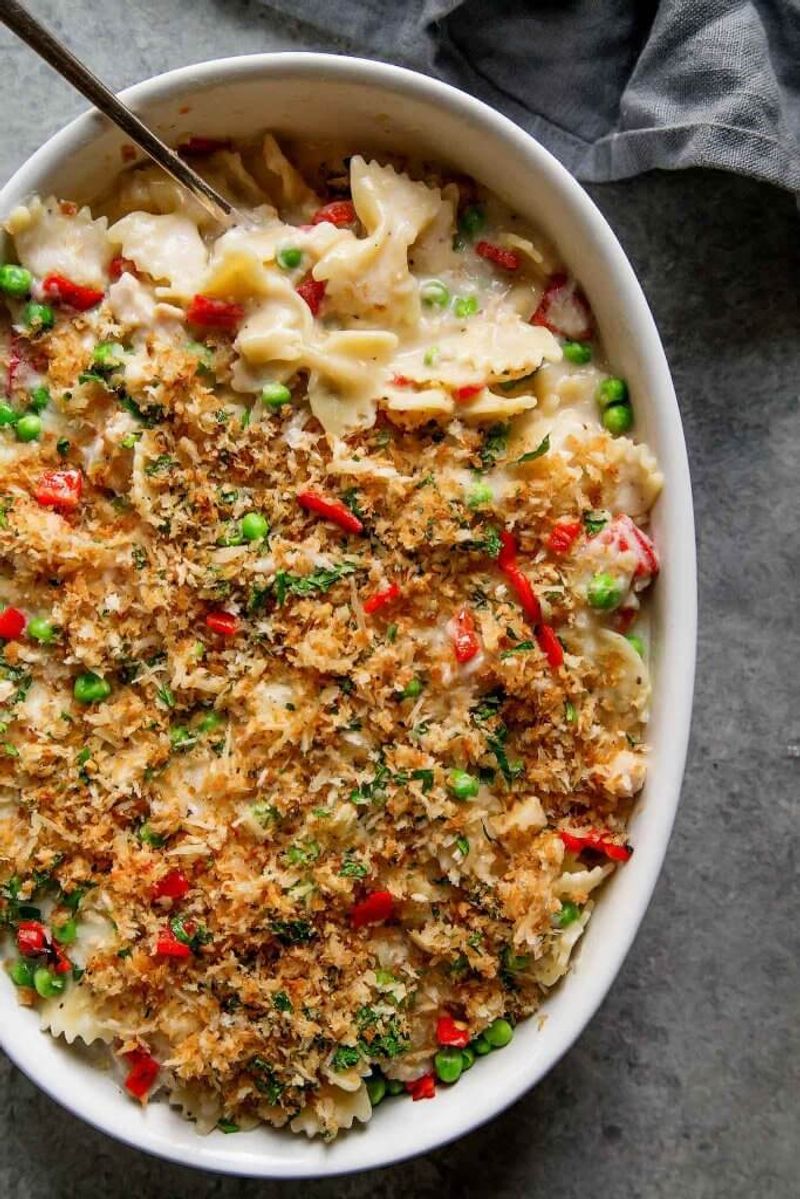
Classic dishes like meatloaf, tuna casserole, and chicken à la king are getting modern makeovers with healthier ingredients and global flavors. Chefs and home cooks alike are swapping ground beef for lean turkey or plant-based alternatives and replacing heavy casseroles with versions full of fresh vegetables and whole grains.
These updates reflect changing tastes, with about 60% of chefs exploring plant-based and nutritious twists, according to the American Culinary Federation. The result is comfort food that stays true to its roots while bringing something fresh to the table—connecting generations with every bite.
3. The Importance Of Family Meals
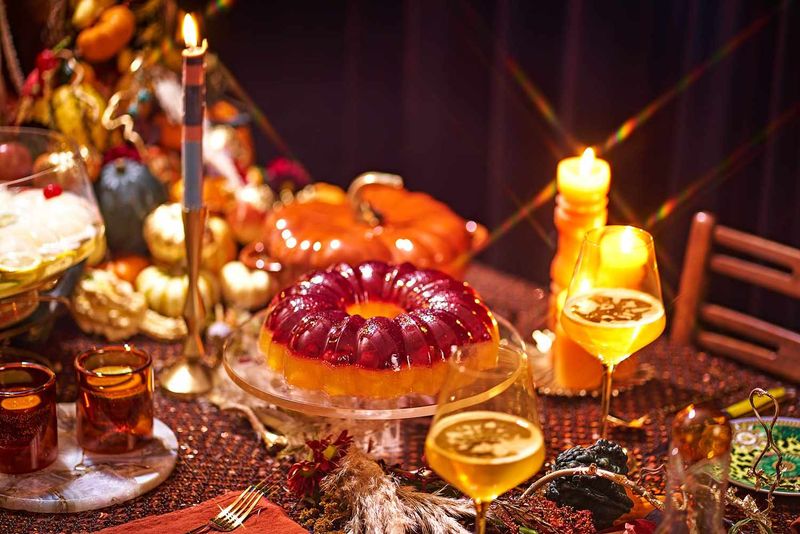
Family meals were a daily tradition that brought people together and offered a sense of routine and connection. Today, despite hectic schedules, many families are intentionally reclaiming that time, finding creative ways to gather around the table.
Involving kids in the kitchen has become a popular way to build skills and strengthen bonds, turning cooking into a shared experience. Though the pace of life has changed, the value of sitting down together endures, keeping the heart of the 1950s dinner table alive in a modern form.
4. The Influence Of Global Cuisine
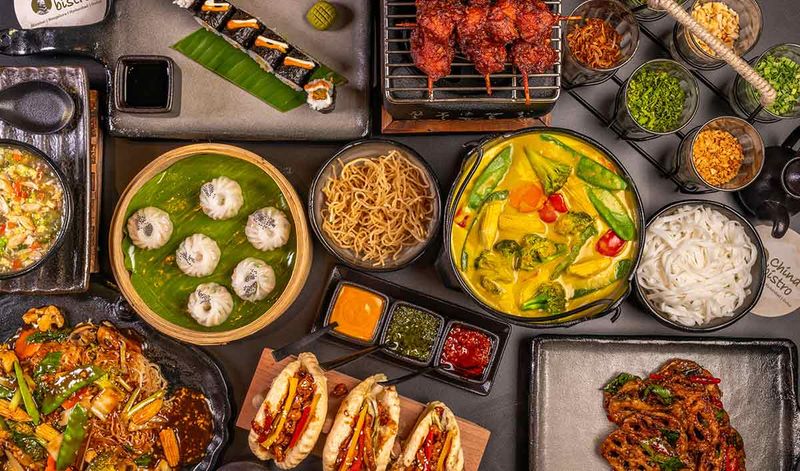
Back in the ’50s, American meals largely centered on familiar, homegrown flavors and classic comfort foods. Today’s kitchens, however, are filled with global influences, as home cooks experiment with ingredients and spices once considered far-off or unfamiliar.
Fusion dishes like curry-spiced casseroles or Sriracha-laced meatloaf have become a flavorful reflection of America’s diverse cultural landscape. Each meal now offers a chance to explore new traditions, turning everyday cooking into a delicious journey around the world.
5. Kitchen Gadgets Then And Now

The arrival of electric mixers, blenders, and early microwave ovens in the 1950s revolutionized home cooking by saving time and effort. Today’s kitchens are even more advanced, with smart appliances like air fryers, Instant Pots, and connected fridges becoming everyday tools.
These innovations not only speed up meal prep but also encourage healthier choices and more creative cooking. As technology evolves, it brings a modern edge to nostalgic dishes, blending convenience with the joy of homemade flavor.
6. The Return Of Home Baking
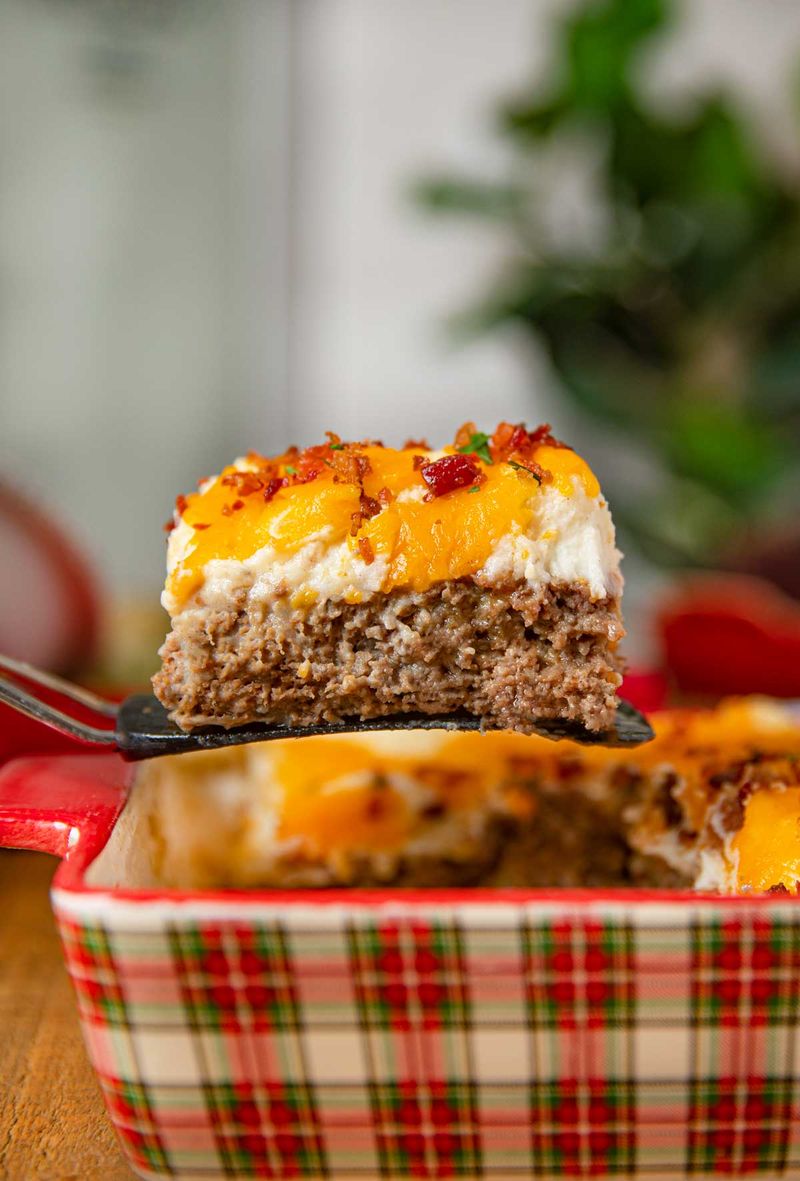
In the 1950s, homemade desserts like cakes and pies were a heartfelt symbol of comfort and community. During the pandemic, home baking made a strong comeback, with 73% of Americans spending more time in the kitchen, according to the American Bakers Association.
Today’s bakers are reimagining classic recipes with healthier ingredients like almond flour and natural sweeteners, while also exploring bold flavors. Baking has become a blend of tradition and innovation—a soothing ritual that’s as much about creativity as it is about connection.
7. Sustainable Cooking Practices
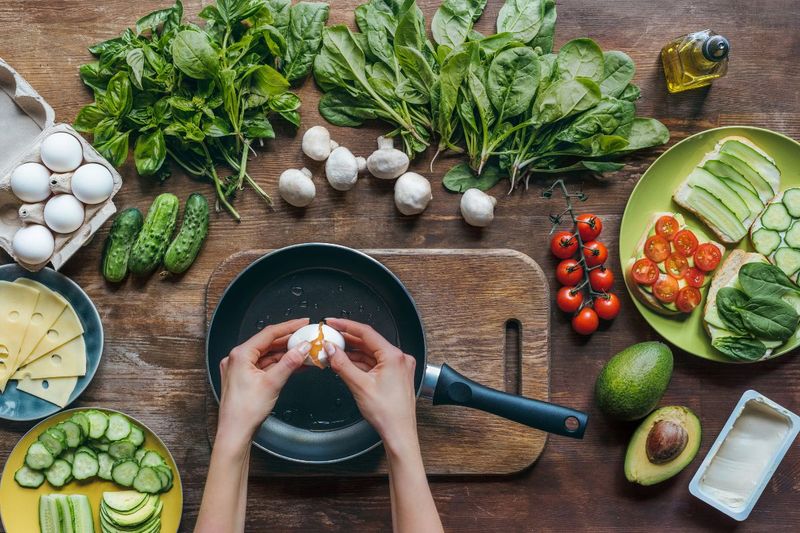
Food waste wasn’t a major concern for most households, but today’s kitchens are increasingly focused on sustainability. With up to 40% of U.S. food going to waste, more home cooks are embracing practices like using entire vegetables, reinventing leftovers, and sourcing ingredients locally.
Composting and eco-friendly packaging have become everyday habits, turning meal prep into an opportunity for environmental impact. This shift reflects a new kind of kitchen consciousness, where reducing waste is as important as creating something delicious.
8. The Role Of Social Media In Cooking
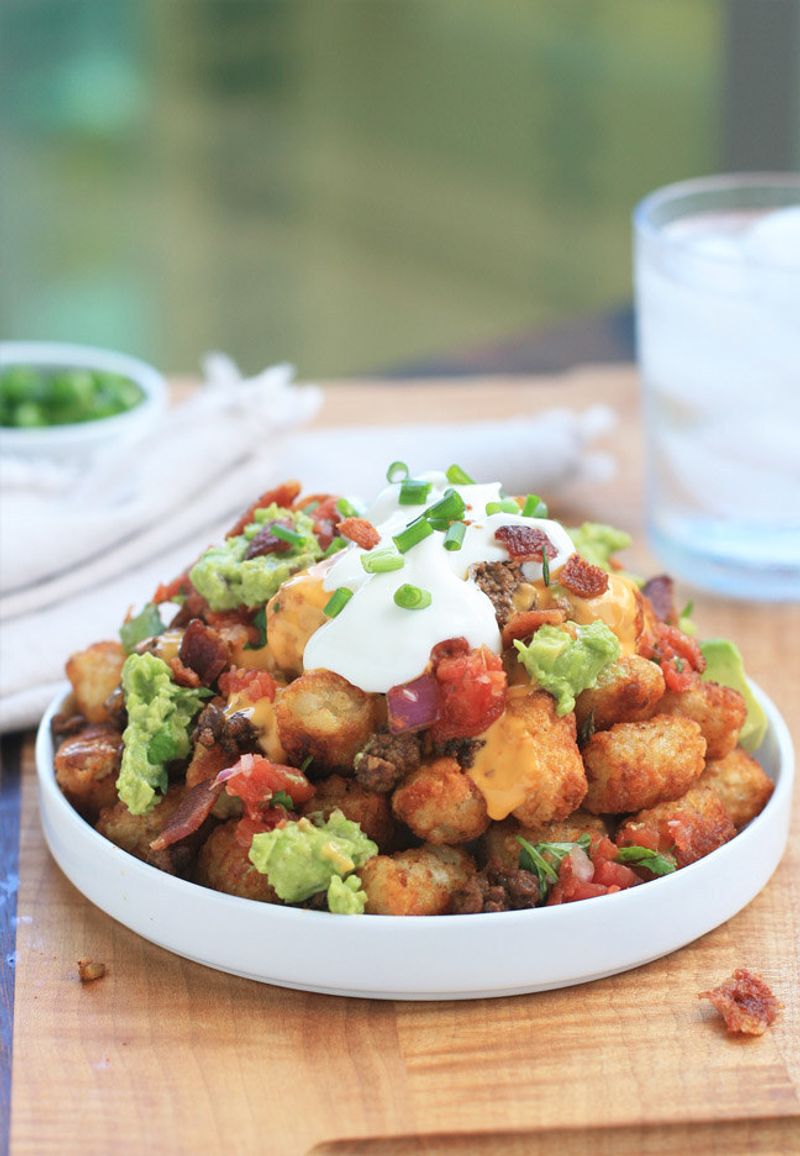
In the 1950s, recipes were tucked into boxes or passed quietly between friends, but today, cooking is a performance shared with the world. Social media platforms have transformed kitchens into creative studios, where anyone can post a step-by-step tutorial or start a global food trend.
Nearly 70% of adults now turn to these platforms for inspiration, blending traditional techniques with viral innovation. This shift has made cooking more interactive and inclusive, where presentation matters and every dish has the potential to reach millions.
9. Health Consciousness In Cooking
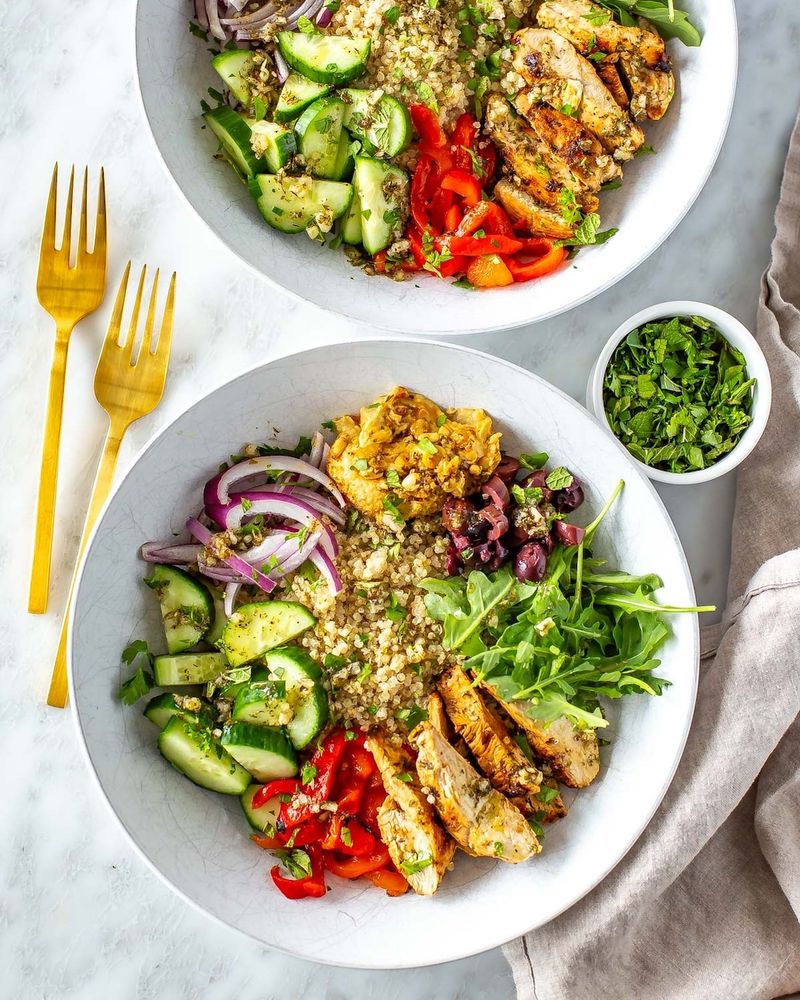
Back in the 1950s, health concerns rarely influenced meal preparation, but today, the rise in obesity and chronic diseases has reshaped how people approach cooking. Nearly 42% of U.S. adults fall into the obese category, fueling a demand for healthier takes on traditional recipes.
Low-carb casseroles, gluten-free breads, and sugar-free desserts have become mainstream, with health apps and wearable devices guiding informed kitchen choices. Striking a balance between taste and nutrition, modern cooking aims to nurture both body and soul with every dish.
10. Preserving Culinary Heritage
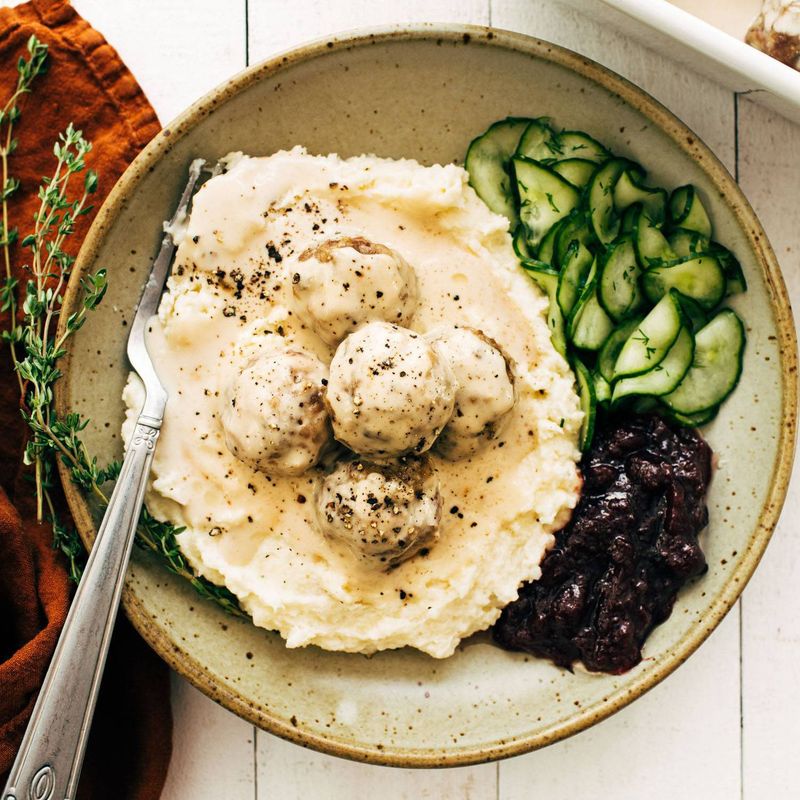
Recipes passed down from the 1950s serve as cherished links to family heritage, and today many are committed to preserving these culinary legacies for future generations. Also, digital platforms such as blogs and video tutorials make sharing family stories easier than ever.
This preservation of tradition strengthens community bonds and cultural identity amid a fast-changing world. Culinary heritage now blends nostalgia with innovation, keeping the spirit of the 1950s kitchen alive and relevant.

